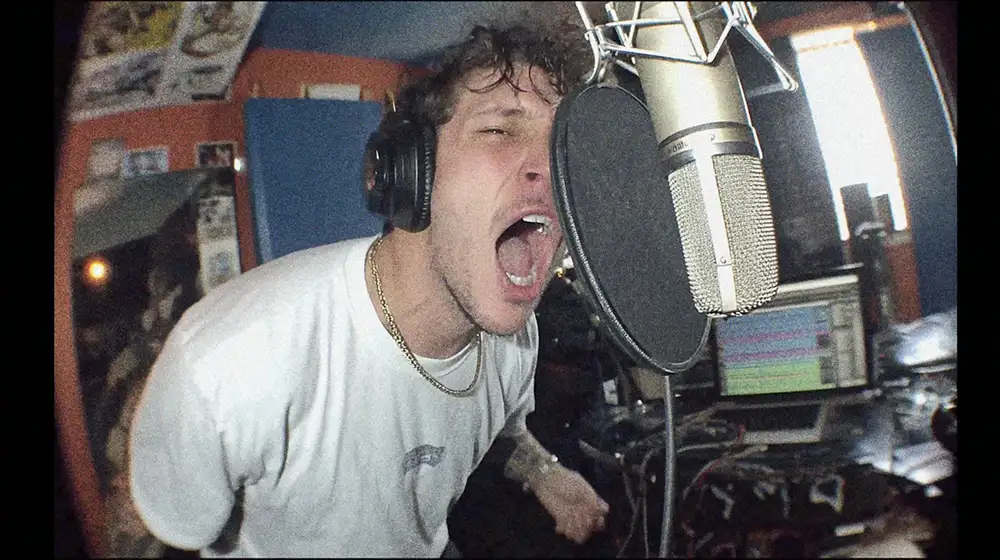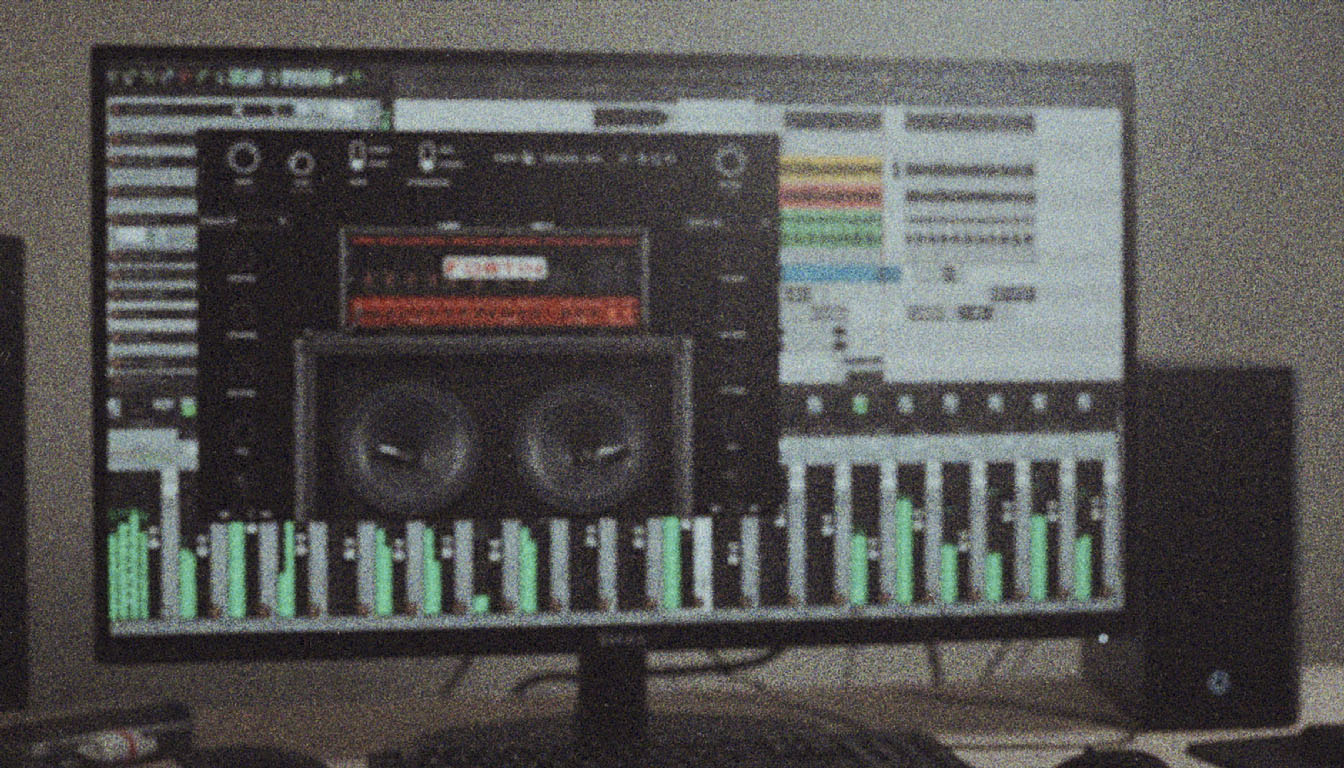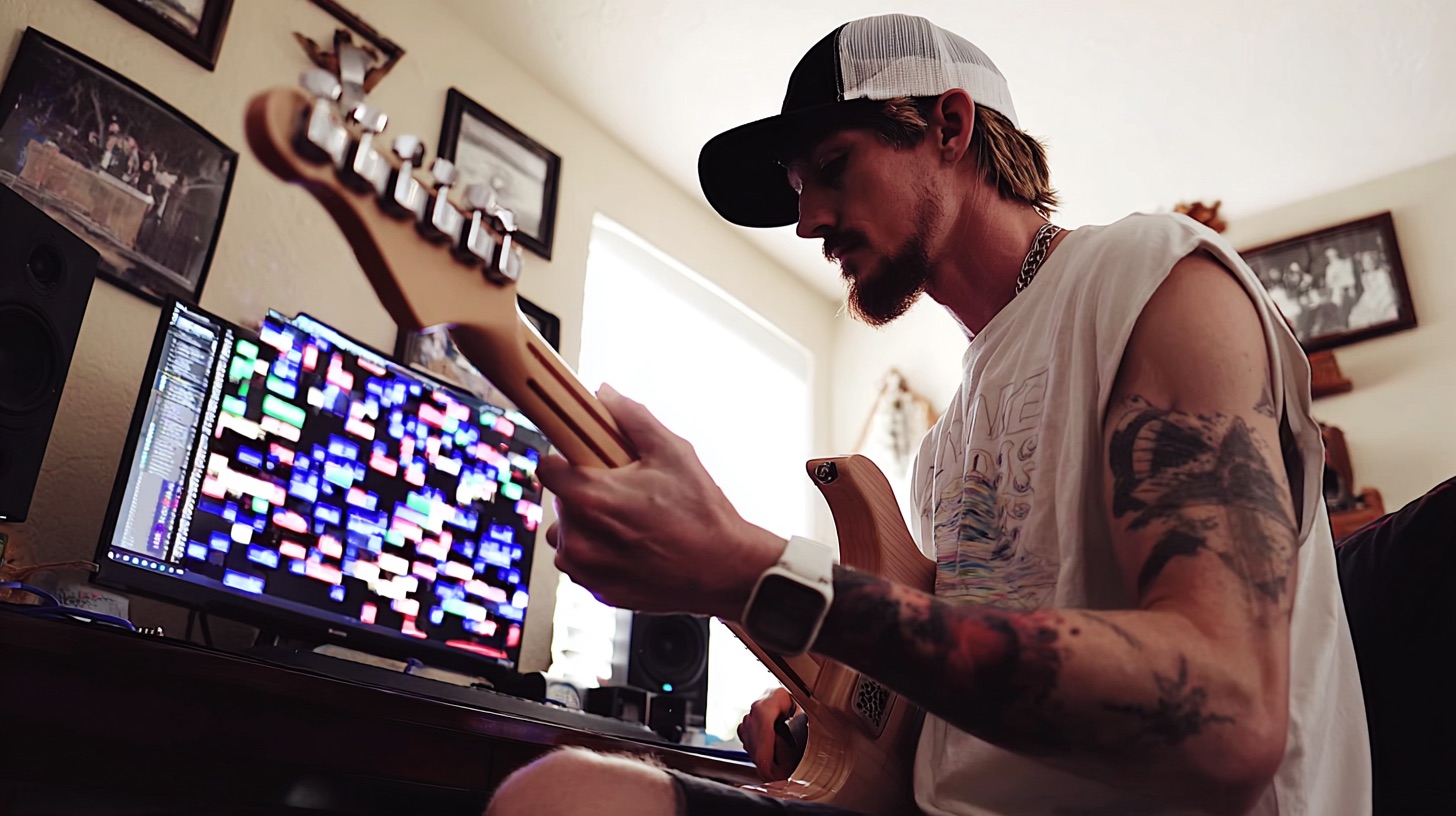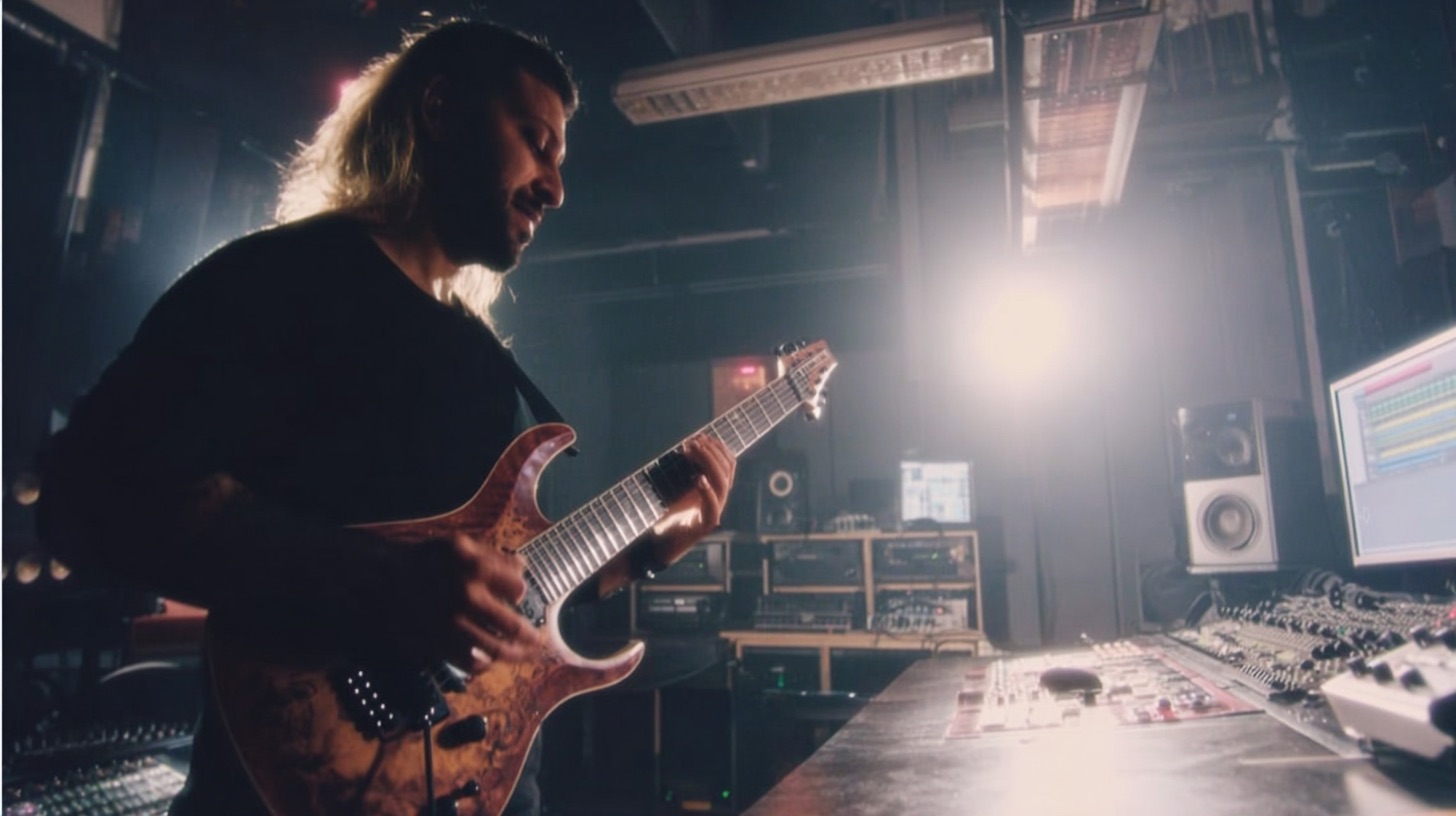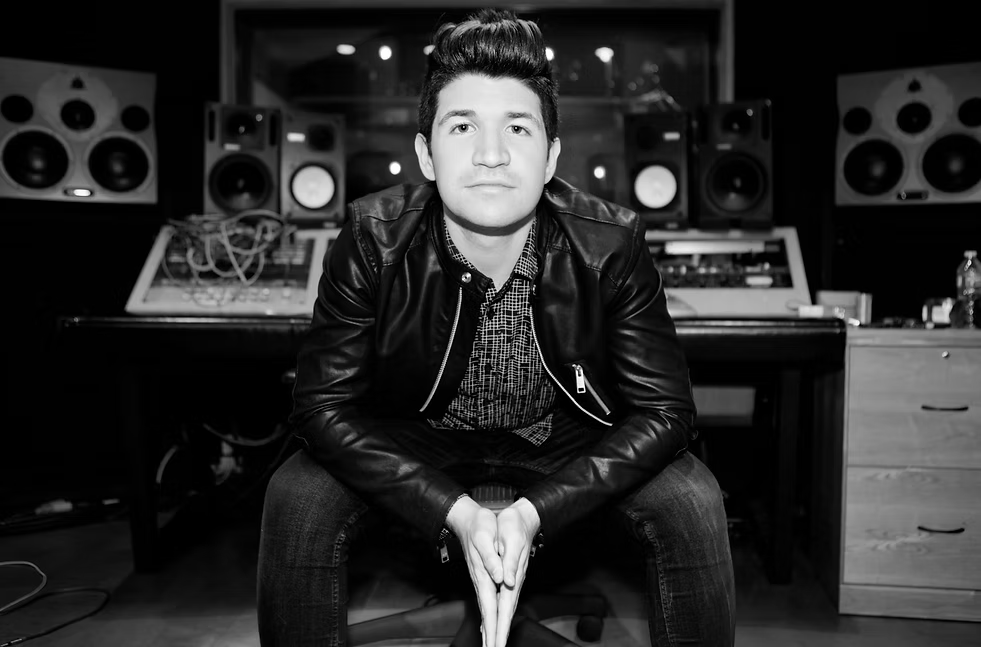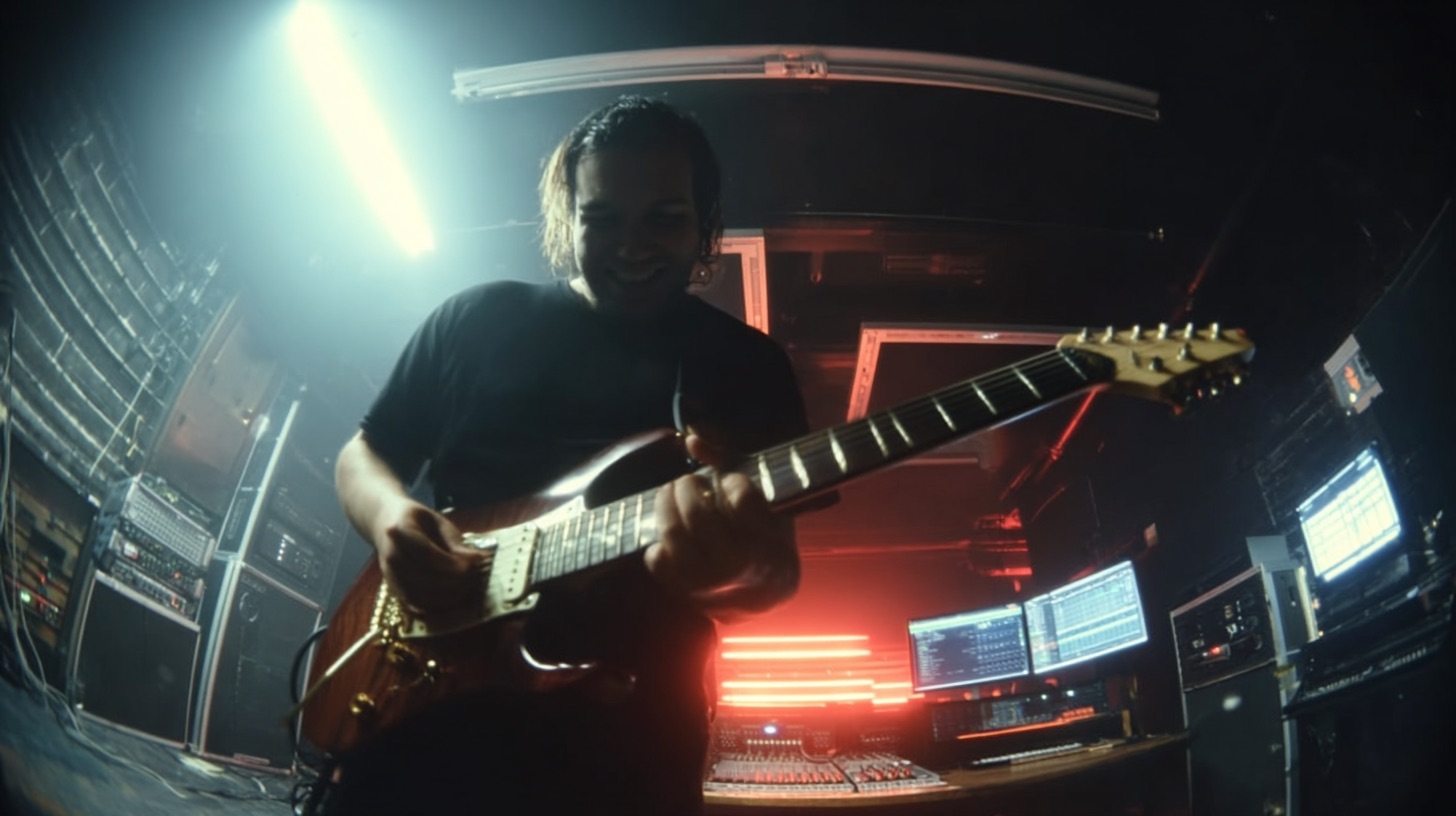
Metal Bass Amp Guide: How to pick the best one
Nail The Mix Staff
Alright, let’s talk about something that often gets overshadowed by screaming guitars but is absolutely CRITICAL for a heavy mix that punches you in the gut: the bass amp. Yeah, those thundering monoliths (or their digital counterparts) are way more than just glorified subwoofers. In modern metal, especially with guitars diving into an F# abyss, your bass amp tone is the bedrock, the concrete foundation that everything else sits on. Get it wrong, and your mix turns into a muddy, undefined mess. Get it right? Pure sonic devastation.
Why Your Bass Amp is More Than Just a Subwoofer
Think about your favorite metal records. That crushing guitar tone you love? I’m willing to bet a significant chunk of what you’re actually hearing and feeling as “guitar tone” is the bass guitar working in perfect, brutal harmony. By themselves, a lot of modern metal guitar tones can sound surprisingly thin, almost fizzy. The bass fills in that low-mid power, adds warmth, and provides the fundamental weight that makes riffs hit like a sledgehammer.
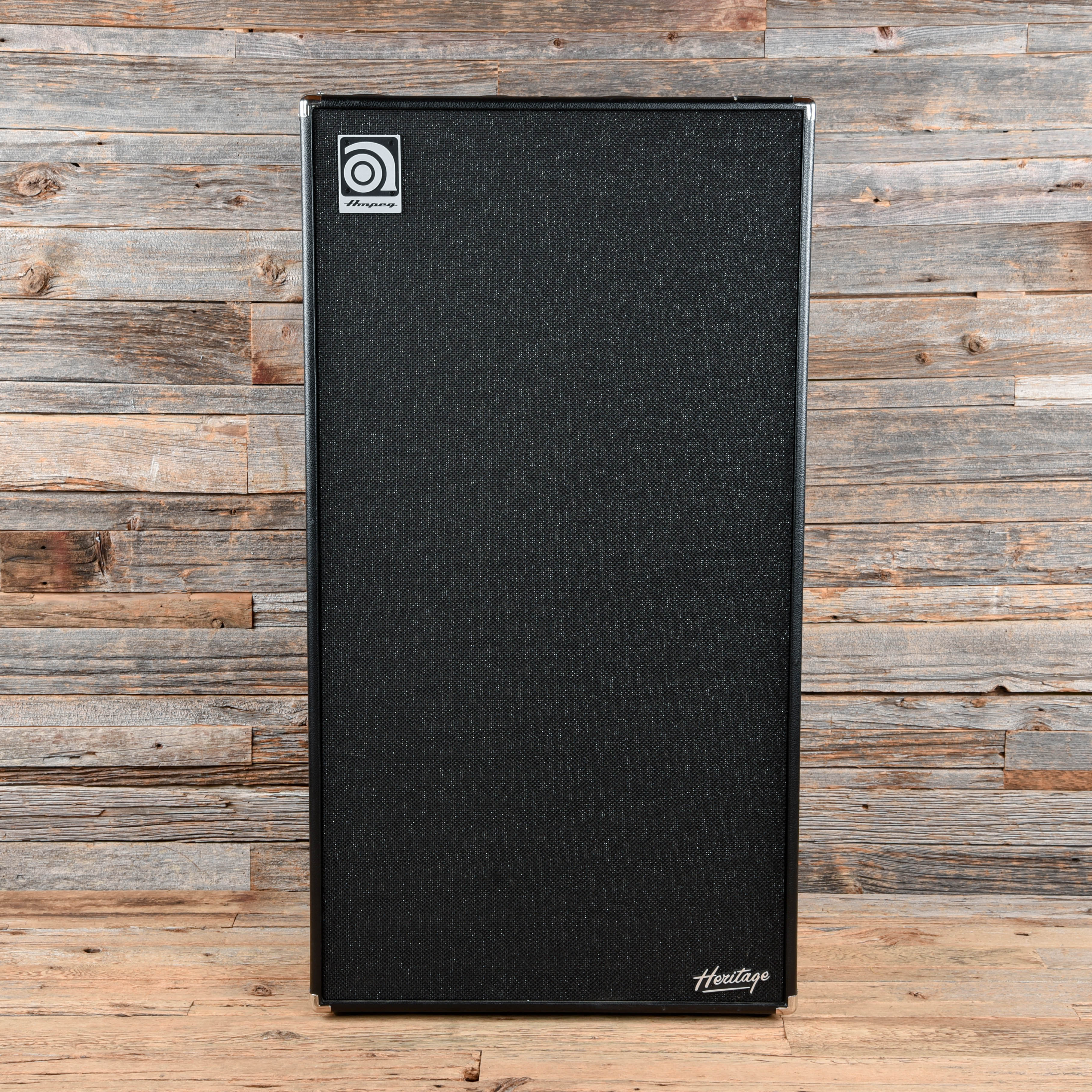
The Unsung Hero: Bass Tone’s Impact on Guitar Heaviness
It’s easy to focus on dialing in that perfect high-gain guitar chug, but if your bass isn’t sculpted to complement it, you’re fighting an uphill battle. A well-crafted bass amp sound doesn’t just add low end; it defines the tonal space, glues the rhythm section together, and can even make your guitars sound bigger and more aggressive by providing a solid counterpoint. This is especially true when dealing with the increasingly popular world of super low-tuned guitars.
Real Amps vs. Digital Rigs: Choosing Your Weapon
Back in the day, your options were pretty much “find a big amp and a big cab.” Now? The landscape is vast. You’ve got legendary tube amps, cutting-edge solid-state designs, and an ever-expanding universe of incredible bass amp sims.
Classic Iron: Legendary Bass Amps That Still Roar
Some amps are classics for a reason. They’ve defined genres and are still go-to choices for countless producers.
The Ampeg SVT: The Undisputed King
If there’s one bass amp that’s synonymous with rock and metal, it’s the Ampeg SVT. Paired with the iconic 8×10 “fridge” cabinet, this all-tube beast delivers a round, powerful tone with a characteristic midrange growl that just works. Whether it’s the vintage SVT-VR or the more modern SVT-CL, they bring the thunder. Settings-wise, don’t be afraid to push the gain for some natural tube compression and harmonic richness. The Ultra Lo switch can scoop some mids, while Ultra Hi adds bite.
Mesa/Boogie Power: The Bass 400+ and Beyond
Mesa/Boogie has a long history of making killer bass amps. The Bass 400+ is a tube-driven monster known for its aggressive, articulate tone. Later models like the Titan V12 or the Strategy Eight:88 continue this legacy, offering immense power and versatile EQs. These often have graphic EQs, which are fantastic for really sculpting your sound before it even hits a mic.

Modern Contenders: Darkglass, Aguilar, and More
The boutique amp world has exploded, and bassists are reaping the rewards.
- Darkglass Electronics: These Finnish wizards have taken the metal world by storm. Amps like the Microtubes 900 or the Alpha·Omega 900 offer pristine clean tones alongside their signature, articulate distortion circuits (the B3K, Vintage Microtubes, Alpha, Omega). They’re designed for modern low tunings and clarity.
- Aguilar Amplification: Amps like the Tone Hammer series (500 or 700) or the DB 751 are known for their warm, punchy, and articulate sound. The “Drive” control on the Tone Hammer is super versatile, adding anything from subtle warmth to aggressive grit.
Amp Sims: The Digital Bass Amp Revolution
Don’t have the space (or budget) for a wall of amps? No sweat. Bass amp modeling has come a long way.
Neural DSP Parallax & Darkglass Ultra
Neural DSP is at the forefront. Their Parallax plugin is a game-changer, offering multi-band saturation specifically for bass – clean lows, distorted mids/highs, all blendable. Their Darkglass Ultra plugin nails the sound of the physical B7K Ultra and Vintage Ultra pedals/preamps. These are go-tos for instant modern metal bass. Try driving the mids hard in Parallax while keeping the low band relatively clean for a tone that cuts without losing fundamental.
JST Bassforge Series
Joey Sturgis Tones has a killer lineup with their Bassforge series. Plugins like Hellraiser, Rex Brown, and Ben Bruce offer meticulously modeled tones from renowned players and producers, often with built-in EQs, compressors, and cab sims. They’re designed to slot right into a heavy mix.
Other Greats: Amplitube, STL ToneHub
IK Multimedia’s Amplitube (especially their Ampeg SVX collections) offers fantastic emulations of classic gear. STL ToneHub, with offerings from producers like Howard Benson or Will Putney, provides a massive palette of pre-dialed bass amp and pedal chains.
Don’t Forget the Cab (Real or IR)
Whether you’re using a real amp or a sim, the cabinet (or Impulse Response for sims) is a HUGE part of the sound. The classic Ampeg 8×10 is a standard for a reason, but 4x10s, 2x12s, or even 1x15s can offer different flavors. Experiment with IRs – different speaker types (e.g., Celestion, Eminence), mic choices, and positions make a massive difference. Many amp sims come with great stock IRs, but third-party IRs can open up even more possibilities.
Dialing It In: Crafting Your Core Bass Amp Sound
Okay, you’ve picked your weapon. Now, how do you get that killer tone?
The Almighty DI: Your Foundation
Before you even think about amps or mics (if you’re going physical), get a CLEAN, solid DI signal. This is non-negotiable. A good DI box (like a Radial JDI, Countryman Type 85, or even the built-in DI on many preamps) captures the pure, unadulterated sound of your bass. This DI signal will be your best friend for:
- Consistent low-end, even if your amped tone is a bit wild.
- Re-amping later if you’re not happy with the initial amped tone.
- Blending with your mic’d or simulated amp tone for the best of both worlds.
Many top metal mixers will use the DI for the sub-lows (say, below 80-100Hz) and the amped/sim tone for the character, mids, and grit.
Micing a Real Bass Cab: Capturing the Thunder
If you’re micing a real cab, choices abound.
Mic Choices: RE20, D112, U47 FET
- Electro-Voice RE20: A broadcast dynamic that’s incredible on bass cabs. It’s smooth, handles high SPLs, and has minimal proximity effect, meaning the low end stays consistent even if the mic placement isn’t millimeter-perfect. Often placed dead center on a cone or slightly off.
- AKG D112 (or D12VR): The classic “egg” mic. Great for capturing low-end thump and a bit of click. Try it inside a ported cab or a few inches from the speaker cone.
- Neumann U47 FET: If you’ve got access to one (or a good clone like a Warm Audio WA-47F), this large-diaphragm condenser can add serious weight and detail. Place it a bit further back (6 inches to a foot) to capture more of the cab’s overall sound.
- Shure SM57: Yep, the guitar cab workhorse can work on bass too, especially if you want a more aggressive, mid-forward tone. Blend it with a beefier mic.
Blending Mics and DI
Don’t be afraid to use multiple mics and blend them with your DI. A common setup is an RE20 for the main body and a D112 for extra low-end punch or attack, carefully phase-aligned and blended with the clean DI. Listen for phase cancellation – nudging a track by a few samples can make a world of difference.

Amp Settings: Gain, EQ, and Character
This is where you sculpt the core personality.
Gain Staging for Clarity and Grit
For clean tones, aim for a healthy level without clipping. If you want amp distortion, push that gain! But listen carefully – too much amp gain can make the bass flubby and lose definition, especially with low tunings. Often, a “pushed clean” or “lightly driven” amp tone, with heavier distortion added later via pedals or plugins, gives more control.
On-Amp EQ: Your First Line of Defense
Use the amp’s EQ to get in the ballpark.
- Lows: Get the fundamental weight right, but be careful not to make it boomy. You’ll likely do more surgical low-end shaping in the DAW.
- Mids: CRUCIAL for helping the bass cut through, especially on smaller speakers. A boost somewhere between 800Hz and 2kHz can add pick attack or finger articulation. A cut around 250-500Hz can sometimes clean up mud, but be careful not to thin it out too much.
- Highs: Can add “zing” or string noise. Sometimes useful, sometimes needs taming.
Sculpting the Beast: Post-Amp Processing for Metal Bass
Your amp (real or sim) and DI have given you the raw materials. Now it’s time for some studio magic.
EQ: Making Space and Adding Definition
This is where you make the bass sit perfectly. For deeper dives into EQ, check out our EQ Strategies for Mixing Modern Metal hub.

High-Passing: Cleaning the Mud
Seriously, high-pass your bass. You might think “but it’s bass, I need all the lows!” but excessive sub-rumble (below 30-40Hz) just eats up headroom and makes your mix muddy. Use a gentle slope (12dB/octave) and listen as you sweep it up until you just start to lose essential weight.
Finding the Sweet Spots (and Problem Areas)
- Fundamental (60-120Hz): Where the main power lives. A gentle boost here can add weight.
- Boxiness/Mud (150-400Hz): Often needs a cut, especially if clashing with low-tuned guitars.
- Attack/Clarity (700Hz-2kHz): Boost here for pick noise, string definition, and to help it cut.
- Fizz/Harshness (3kHz+): Can sometimes be tamed with a cut if it’s clanky or fighting cymbals.
Compression: Taming Dynamics and Adding Punch
Bass guitar is dynamic. Compression evens it out and can add serious punch. Get the full lowdown on our Metal Compression Secrets page.
Controlling Peaks
A faster attack compressor (like an 1176-style FET) can catch aggressive pick attacks or slaps. Aim for a few dB of gain reduction on the loudest notes. Ratio around 4:1 is a good starting point.
Adding Sustain and Glue
A slower attack, more transparent compressor (like an LA-2A-style optical) can smooth out the overall performance and add sustain. Sometimes, using two compressors in series (serial compression) – one for peaks, one for overall smoothing – works wonders.

Distortion & Saturation: The Aggression Factor
Modern metal bass often has a healthy dose of dirt.
Parallel Distortion: Best of Both Worlds
Send your clean (or lightly driven) DI/amp signal to an aux track, slap a gnarly distortion plugin on it (think SansAmp RBI/RPM emulations, Darkglass pedals, or even aggressive guitar amp sims like a TSE X50 on a bass-friendly setting), and then blend this distorted signal back in underneath the main bass. This gives you aggressive character without losing low-end clarity. EQ the distorted track heavily – high-pass it aggressively (maybe up to 200-500Hz) and low-pass it (around 3-5kHz) so it mainly adds midrange grind.
Choosing Your Flavor (Pedals, Plugins)
There are tons of options:
- Darkglass B3K/B7K/Alpha Omega: Industry standards for modern metal bass distortion.
- SansAmp Bass Driver DI: A classic for a reason, great for emulating driven Ampeg tones.
- ProCo RAT: Yep, the guitar pedal! Can sound killer on bass, especially in parallel.
- Fuzz: For extreme sounds, a Big Muff or ZVex Woolly Mammoth can be fun, but use sparingly and likely in parallel.
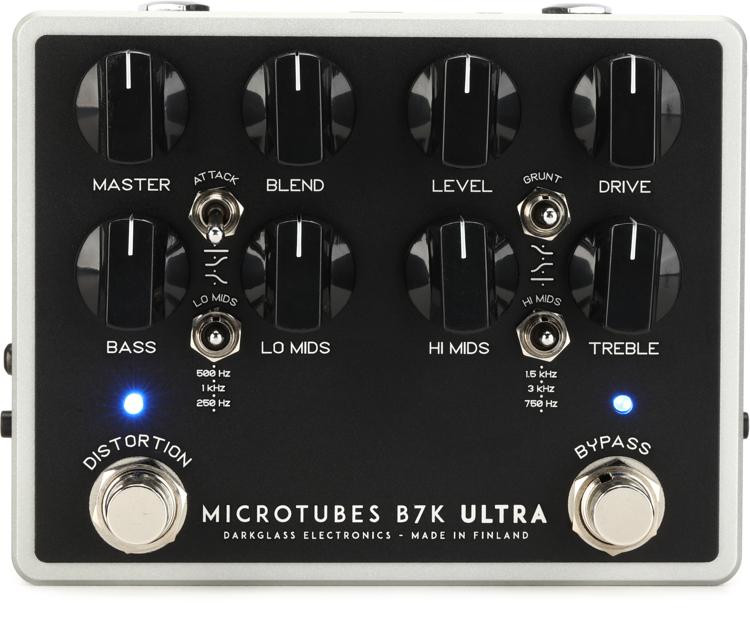

100+ Insanely Detailed Mixing Tutorials
We leave absolutely nothing out, showing you every single step
Multiband Magic for Ultimate Control
For really problematic bass tracks, or when dealing with super low tunings, multiband compression or saturation (like FabFilter Saturn 2 or Neural DSP Parallax) is your friend. You can compress just the boomy low-mids, or distort only the upper mids for clarity, leaving the fundamental clean and punchy.
Bass Amps & The Low-Tuned Guitar Apocalypse
So, we’ve talked about how low-tuned guitars are everywhere now. Drop C feels like standard tuning these days, and folks are routinely shredding on 7-strings in Drop A or 8-strings in F# or even E. This presents unique challenges and opportunities for your bass amp and overall bass tone.
The Challenge: Clarity in the Abyss
When guitars are tuned super low, they start eating into the bass guitar’s traditional frequency range. The nature of tuning that low means you’re dealing with a LOT more low-end information from the guitars. If your bass amp tone isn’t dialed in to complement this, you get mud. Horrible, undefined, flabby mud.
Why Low-Tuned Guitars Need a Solid Bass Counterpart
Your bass needs to either find a space below the guitars (if they’re not too low), or more commonly, it needs to provide a focused, articulate midrange punch above the guitar’s lowest fundamentals while still holding down the true sub-lows. This is where aggressive mid-focused bass amp tones (think Darkglass or a driven SVT) combined with a clean DI for the sub-lows really shine. The bass provides the anchor and the aggressive “clank” or “grind” that helps define the rhythm, especially during fast passages or breakdowns where the low-tuned guitars might become a wash of low frequencies.
Controlling the Low-End Chaos: Lessons from the Pros
Guys like Buster Odeholm are masters at getting clarity from ridiculously low-tuned instruments. It often comes down to layers and layers of control.
- Precise EQ: Surgical cuts to carve out space for each instrument.
- Multiband Processing: Compressing or saturating specific frequency bands on the bass (and guitars) to control boominess while enhancing articulation.
- Careful Blending: DI for clean lows, amp/sim for distorted mids and highs.
- Smart Arrangement: The parts themselves need to be written to avoid constant frequency clashes. Sometimes, less is more.
The power of low-tuned instruments is immense, but it must be controlled. Your bass amp and processing choices are key to wielding that power effectively.
Tuning Stability: A Nod to Evertune (Even for Bass Thinking)
We talk a lot about Evertune bridges being a godsend for low-tuned guitars because of tuning stability and intonation issues, especially with aggressive picking. Basses, particularly when drop-tuned or played hard, suffer from similar issues. While Evertune isn’t as common on basses (yet!), the principle is important. Ensure your bass is impeccably set up, with appropriate string gauges for the tuning. Heavy strings (like .130 or .135 for the lowest string in B or A standard on a 5-string) are often necessary. Intonation is critical. A tuner that accurately reads low frequencies (like a Peterson Strobe Tuner or a good plugin tuner) is essential. Just like with low guitars, you might find yourself tuning slightly flat to compensate for sharp picking, especially if you’re not using something that auto-corrects like an Evertune.
Putting It All Together for a Mix That Slams
Crafting a killer metal bass amp tone is an art form that blends technical know-how with creative choices. It’s about understanding the role of the bass in a dense, aggressive mix, choosing the right tools (whether physical or digital), and meticulously shaping the sound to serve the song.
From the raw power of an Ampeg SVT to the surgical precision of Neural DSP Parallax, your bass amp (and the processing that follows) is fundamental to a professional-sounding metal production. Don’t treat it as an afterthought. Give it the attention it deserves, and your mixes will hit harder, sound clearer, and feel more powerful.
Humanity's Last Breath on Nail The Mix
Buster Odeholm mixes "Labyrinthian" Get the SessionWant to see how A-list producers wrestle these low-end beasts into submission and make them sit perfectly with crushing guitars and pounding drums? At Nail The Mix, we give you the multitracks from massive metal songs each month and let you watch the original producers mix them from scratch, explaining every plugin, every EQ move, every fader ride. It’s the ultimate fly-on-the-wall experience to Unlock Your Sound: Mixing Modern Metal Beyond Presets. Stop guessing and start learning from the best in the business.
Get a new set of multi-tracks every month from a world-class artist, a livestream with the producer who mixed it, 100+ tutorials, our exclusive plugins and more
Get Started for $1